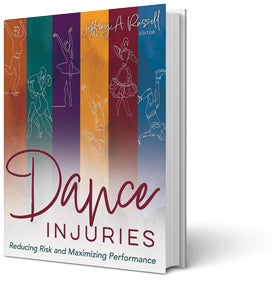Now Reading: Alumni Books
In this issue, alumni authors share their wide-ranging scholarly works.

Fall 2025
By Jennifer Latson
Celebrating Tolkien’s Legacy
Essays by Nancy Bunting ’74, Seamus Hamill-Keays and Toby Widdicombe
Walking Tree Publishers, 2024
In 1904, when J.R.R. Tolkien’s mother was 34 and dying from Type 1 diabetes — then largely untreatable — 12-year-old Tolkien was her “ceaseless companion, the silent witness” to her suffering. The experience had a profound effect on him, shaping both his life and his art, posits Nancy Bunting in “Celebrating Tolkien’s Legacy.” “The indelible experience of watching his mother deteriorate … may have fueled his fairy tale creation of the seemingly ageless, never infirm Elves,” Bunting writes.
During his lifetime, the author of “The Hobbit” and “The Lord of the Rings” discouraged attempts to write his biography. Now, more than 50 years after Tolkien’s death, scholars continue to scrutinize the father of modern fantasy. Bunting and her co-authors, Seamus Hamill-Keays and Toby Widdicombe, have contributed their own analysis in the form of essays exploring Tolkien’s upbringing, family relations and home environment, and their influence on his literary creations. They also offer suggestions for the future direction of Tolkien studies, arguing that there are still gaps worth mining in our understanding of his life and work.

Dance Injuries
Reducing Risk and Maximizing Performance
Edited by Jeffrey A. Russell ’81
Human Kinetics, 2025
Elite dancers undergo rigorous training, pushing their physical and mental limits as they compete for sought-after spots on the stage and in professional dance companies. Overuse injuries, stress fractures and chronic pain come with the territory, and many dancers expect their bodies to wear out sometime in their 20s. This doesn’t have to be the case, Jeffrey Russell writes in “Dance Injuries: Reducing Risk and Maximizing Performance.”
“Dancers are in a unique position as artists because their own bodies are their primary tools for expression. Therefore, injuries to their bodies affect both art and life. Unfortunately, sometimes the opportunity to perform overrides their instincts for self-preservation,” Russell and his colleagues write. In this textbook, Russell, an associate professor of athletic training and the director of the Science and Health in Artistic Performance Clinic at Ohio University, compiles insights from 53 dance medicine experts to help dancers perform at their best and reduce the likelihood of injuries, so they can keep dancing for the long run.

High and Low Corruption
Children, Capabilities, and Crime
Harry Adams ’04
Lexington Books, 2023
Who is to blame when children become criminals: the children themselves or their parents? Neither — or at least not entirely, Harry Adams argues in “High and Low Corruption: Children, Capabilities, and Crime.” He looks instead to political and social systems that allow corrupt public officials to flourish while neglecting to support and protect at-risk youth.
Adams, a philosophy professor at Prairie View A&M University, makes the case that good policies, including strong social safety nets and early crime prevention programs, can deter children from starting down a path to juvenile delinquency and adult criminality. But politicians aren’t likely to enact just policies, and Adams posits that “high corruption,” or white-collar crime, and the not-technically illegal shady dealings of the rich and powerful, fuel the “low corruption” of juvenile delinquents and street criminals. “Even if corrupt elites and supposed leaders of society don’t intentionally or directly harm at-risk youth, their culpable failure to protect them from needlessly arrested development can nonetheless be debilitating and permanent,” Adams writes.
